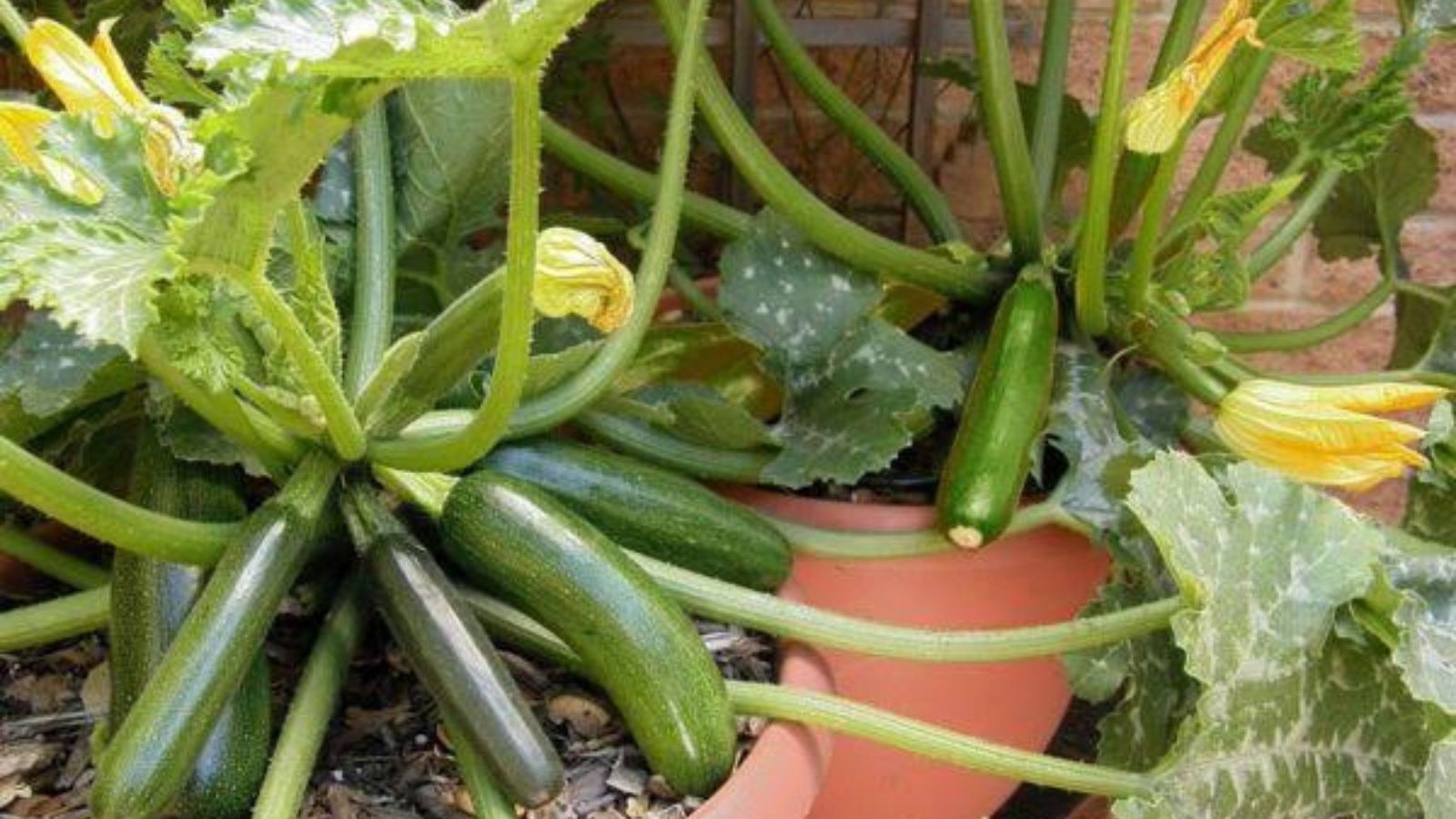Zucchini (also known as courgette) is one of the easiest and most productive vegetables to grow at home. Whether you have limited space or just want to try a new gardening method, growing zucchini in grow bags is a fantastic way to enjoy fresh, homegrown produce. This method provides excellent drainage, allows for root expansion, and minimizes soil-borne diseases.
In this comprehensive guide, we’ll walk you through how to grow zucchini from seed in grow bags, covering everything from choosing the right seeds to harvesting your delicious vegetables.
Why Grow Zucchini in Grow Bags?
Growing zucchini in grow bags has several advantages over traditional in-ground or raised bed gardening:
✔ Space-Saving: Perfect for patios, balconies, or small gardens.
✔ Better Drainage: Prevents waterlogging and root rot.
✔ Portable: Move the grow bags around for optimal sunlight.
✔ Weed & Pest Control: Less exposure to soil-borne diseases and weeds.
✔ High Yield: Zucchini is a prolific producer—one plant can yield 10-15 fruits!
Now, let’s dive into how to grow zucchini step by step.
Step 1: Choosing the Right Zucchini Seeds and Soil
Before planting, select the right seeds for your climate and growing space. Some excellent zucchini varieties for container gardening include:
✅ ‘Black Beauty’ – A classic, dark-green zucchini with a high yield.
✅ ‘Golden Zucchini’ – A vibrant yellow variety with a mild flavor.
✅ ‘Patio Star’ – A compact bush variety ideal for small spaces.
✅ ‘Eight Ball’ – Produces round, ball-shaped zucchinis.
Choosing the Right Soil
Zucchini thrives in nutrient-rich, well-draining soil. Use a high-quality potting mix that includes compost, perlite, and peat moss. Avoid garden soil, as it can compact easily and prevent proper root growth.
Step 2: Preparing the Grow Bags
Grow bags are made from breathable fabric, which promotes air circulation and prevents roots from becoming bound. Here’s how to prepare them:
1️⃣ Size Matters: Use a 15-20 gallon grow bag to provide enough space for the zucchini’s root system.
2️⃣ Drainage is Key: Ensure the grow bag has several drainage holes at the bottom and sides.
3️⃣ Filling the Bag: Fill it with potting soil, leaving 4-6 inches of space from the top.
4️⃣ Moisten the Soil: Lightly water the soil before planting seeds to ensure proper hydration.
Step 3: Planting the Zucchini Seeds
Now, it’s time to plant!
✅ Depth: Plant 2-3 zucchini seeds about 1 inch deep in the center of the grow bag.
✅ Spacing: If planting multiple seeds, space them a few centimeters apart to allow growth.
✅ Cover & Press: Lightly cover the seeds with soil and press gently to secure them.
✅ Water Well: Give the soil a good soak, but don’t make it soggy.
In 7-10 days, you should see seedlings emerge. If multiple seeds germinate, thin them out, leaving only the strongest one per bag.
Step 4: Watering & Sunlight Requirements
Watering zucchini properly is crucial to prevent issues like blossom end rot.
✔ Watering Routine: Keep the soil consistently moist, but avoid waterlogging.
✔ Water at the Base: Always water at the base of the plant to prevent fungal diseases.
✔ Mulching (Optional): Adding a layer of straw or mulch helps retain moisture.
Sunlight Needs
Zucchini is a warm-season crop that requires:
☀ 6-8 hours of direct sunlight per day.
🌀 Good airflow to prevent mildew and fungal issues.
If you live in a hot climate, provide shade during the hottest parts of the day.
Step 5: Supporting Your Zucchini Plants (Optional)
Zucchini plants grow large leaves and long vines. While they don’t always need support, adding a stake, trellis, or tomato cage can help:
✔ Keep the plant upright and prevent fruit from touching the ground.
✔ Improve air circulation, reducing the risk of fungal diseases.
✔ Make harvesting easier and prevent zucchinis from rotting.
Step 6: Fertilizing for Maximum Yield
For strong growth and high yield, feed your zucchini plants regularly.
✅ Every 4-6 weeks: Use a balanced organic fertilizer (10-10-10 or similar).
✅ During flowering & fruiting: Switch to a phosphorus-rich fertilizer to boost fruit production.
✅ Compost or fish emulsion: Apply a liquid organic fertilizer every 2-3 weeks for extra nutrients.
Avoid excessive nitrogen, as it can cause too much leafy growth and fewer zucchinis.
Step 7: Thinning & Pruning for Better Growth
To ensure healthy air circulation, follow these steps:
✂ Thin out seedlings early, keeping the strongest one per bag.
✂ Remove yellow or damaged leaves to prevent disease.
✂ Trim excess foliage to allow more sunlight to reach the fruits.
Regular pruning encourages stronger growth and increases fruit production.
Step 8: Managing Pests & Diseases
Like any garden plant, zucchini can attract pests and diseases. Keep an eye out for:
🐞 Aphids & Squash Bugs – Use neem oil or insecticidal soap.
🍄 Powdery Mildew – Avoid watering leaves & improve air circulation.
🐛 Cucumber Beetles – Handpick or use row covers.
A healthy plant is less susceptible to pests, so keep your soil rich and well-drained.
Step 9: Harvesting Your Zucchini
Your zucchinis will be ready to harvest in about 45-55 days.
✔ Pick when they are 6-8 inches long for the best taste.
✔ Use a sharp knife or pruning shears to cut the fruit, leaving a small stem attached.
✔ Harvest regularly to encourage continuous production.
If zucchinis grow too large, they become tough and lose flavor. Frequent harvesting leads to more zucchinis!
Final Tips for Growing Zucchini in Grow Bags
✔ Rotate your crops each season to prevent soil depletion.
✔ Use companion planting—grow basil or marigolds nearby to deter pests.
✔ Hand pollinate if needed—use a small brush to transfer pollen from male to female flowers.
Growing zucchini in grow bags is easy, fun, and rewarding! Whether you’re a beginner gardener or an expert, this method provides high yields in small spaces.
💬 Have you ever grown zucchini in bags? Share your experience in the comments!

